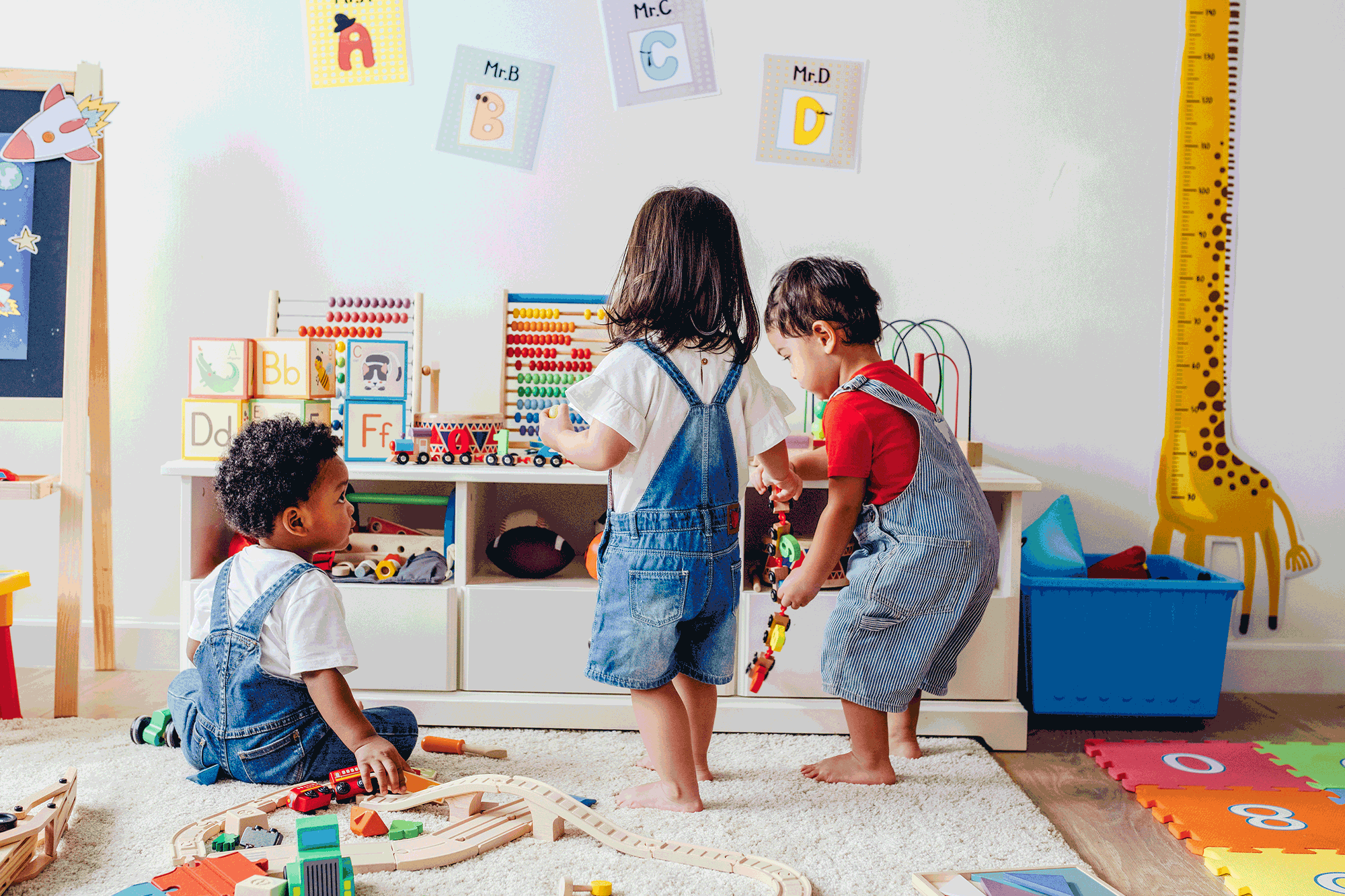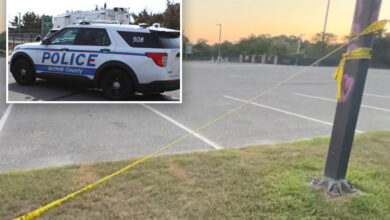Turf wars erupt over communal playrooms in NYC apartment s

Spring can’t come soon enough for parents who live in the city’s upscale apartment buildings — and say that their posh communal playrooms have turned into a circle of hell since it’s too cold to play outside
The increasingly popular amenities, which many note are godsends, have become the site of turf wars over broken toys, nannies bringing in too many guests and kiddos behaving badly.
“We have a number of amenity offerings, but management spends a disproportionate amount of time on the playroom [and the issues that arise there],” said an anonymous father who lives in and sits on the board of his luxury condo building in Brooklyn Heights, where most units cost between $3 million and $5 million.
“Nannies feel entitled to use the space in any way they see fit,” he told The Post. “They’re not concerned with protecting the owners’ investment.”
He said things can “quickly snowball out of control” with playdates on stormy days. You might have 15 nannies who each care for a child that lives in the building. If they each invite just one outside child — and that child’s nanny, you suddenly have 60 people.
“It’s not a public park, it’s a private amenity space for children in the building,” he said.
An anonymous Upper West Side mom told The Post that one family recently sent their nanny and children to use the communal playroom after they’d moved out of the building.
“I was like, ‘you’ve got to be kidding.’”
Rachel, a Cobble Hill mom who works in media, said it’s not the nannies who are behaving badly. She’s seen her neighbors inappropriately police other families’ caretakers — who, she notes, are typically of a different race than most residents.
In one particularly “ugly” instance, a neighbor “really went after” a nanny who allowed a child to eat some chips in the playroom. He asked who the woman “belonged to” as if she were a piece a property, Rachel recalled.
“He’s kind of dead to me,” she said of the man. “He’s not coming to my shabbat dinner.”
Tussles between nannies and residents are hardly the only issue.
Pia Fouilloux, a Brooklyn Heights mother-of-two who works in communications, has been surprised by families who allow their preschool-age children to use the playroom wearing only their underwear.
“It’s a public space,” she said. “You are trying to teach kids social norms.”
The Upper West Side mom recalled a family who would bring friends and completely “trash” the room. Their kids smashed a toy piano to bits and climbed on the roof of the playhouse where they threw down items to break them.
“Total destruction,” she sighed. “And [the parents] were literally siting on the sofa and did not care at all.”
Another family in the building would leave their young children — ages 1, 3 and 6 — unattended in the playroom.
The board had to intervene, but the mom kept complaining that her kids needed independence.
“I was like, ‘How about you teach them independence by picking up their f–king toys?’” said the Upper West Sider.
Another seasonal issue with playroom is illness.
“If anyone is sick, that place becomes a hot zone,” said Rachel, recalling one year when a nasty stomach bug circulated and the playroom seem to be the “epicenter.”
“Within a week, everybody was barfing,” she said. “The parents were like, ‘Oh my god, shut it down.’”
Fouilloux doesn’t use her playroom when her kids are sick, but some surely do. She once even had a fellow parent shamelessly declare “My kid has RSV [respiratory syncytial virus], are you OK with that?” when she went to use the room.
She very much was not.
Developers say that fanciful play spaces have become a must-have for families.
“Children’s amenities are among the most requested throughout our portfolio,” said Lydia Rapillo, the Senior Vice President of Marketing at Albanese Organization, the developer of several Battery Park City buildings. When one of the company’s properties, The Solaire, recently converted from rentals to owner-occupied residences, upgrading and expanding the playroom was key.
But the spaces can also create tension between those with children and those without.
Dana Levin-Robinson, a mother-of-two who works in software, said some older residents in her pre-war co-op on the Upper West Side initially weren’t enthused about her creating a modest play area.
But opinions changed when they realized it was a boon for property values.
“One of the board members who was not supportive of the project, you better believe that when she listed her apartment, she used like three different pictures of the playroom,” she said.




